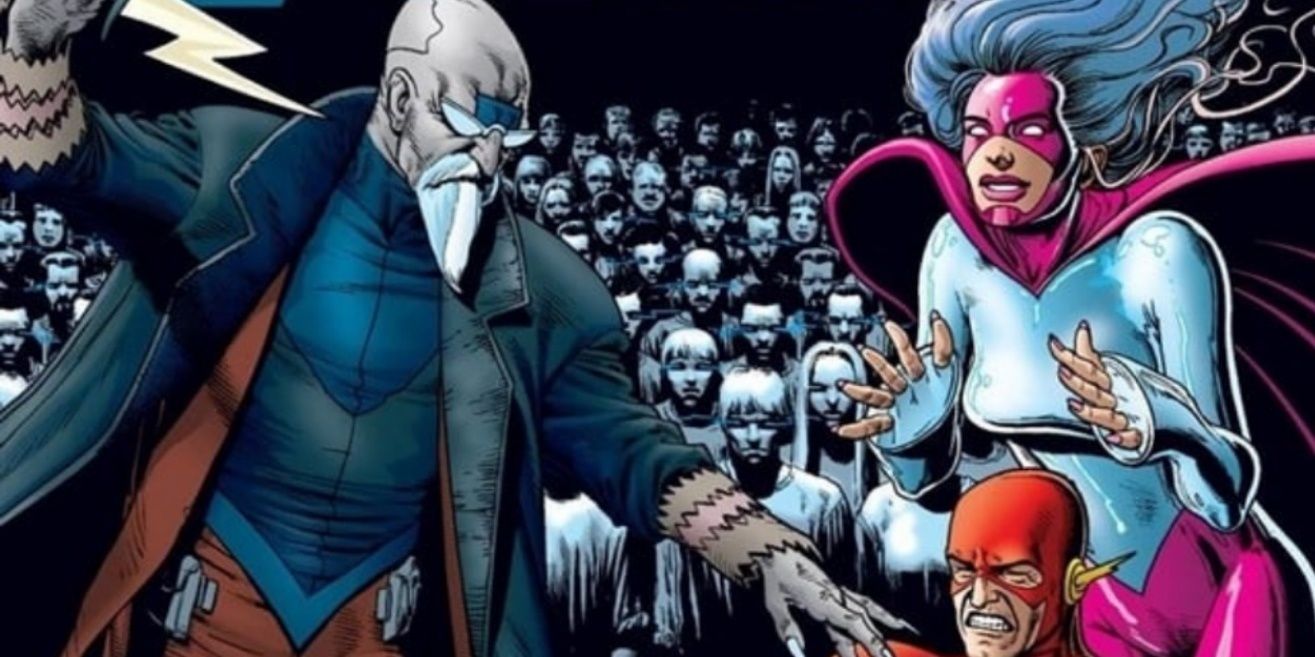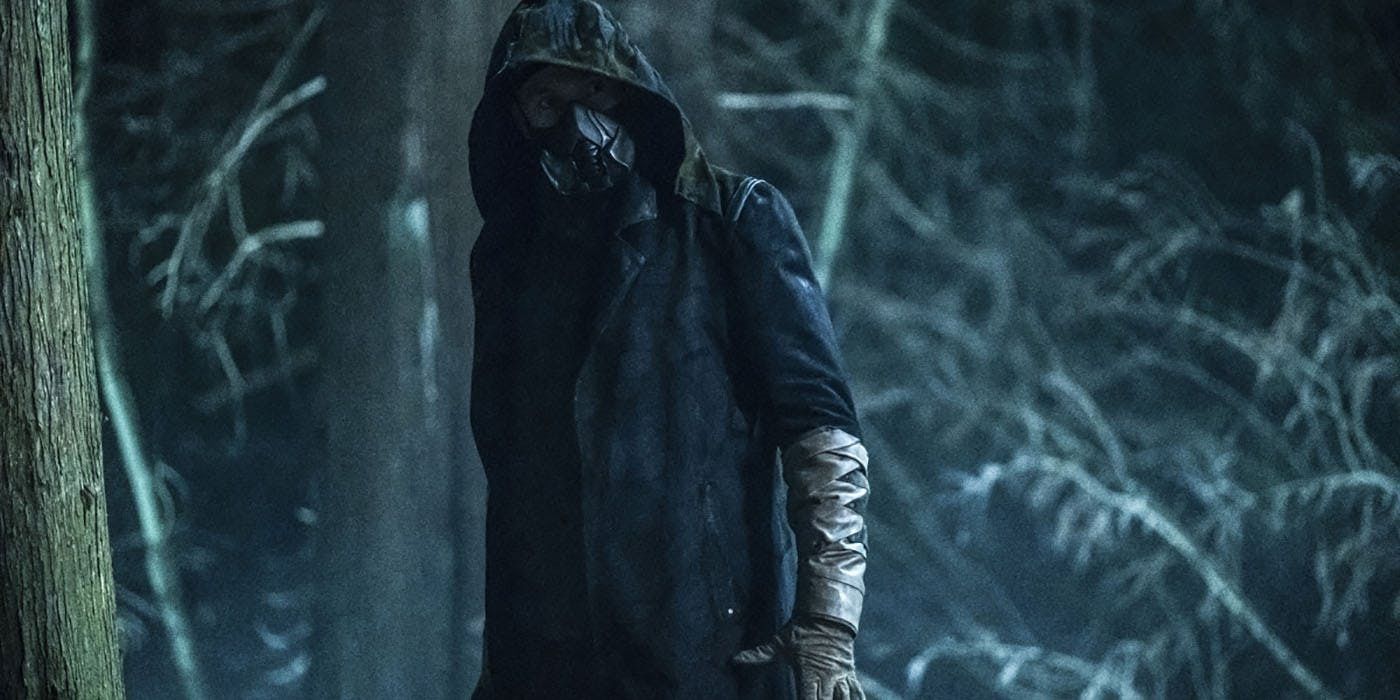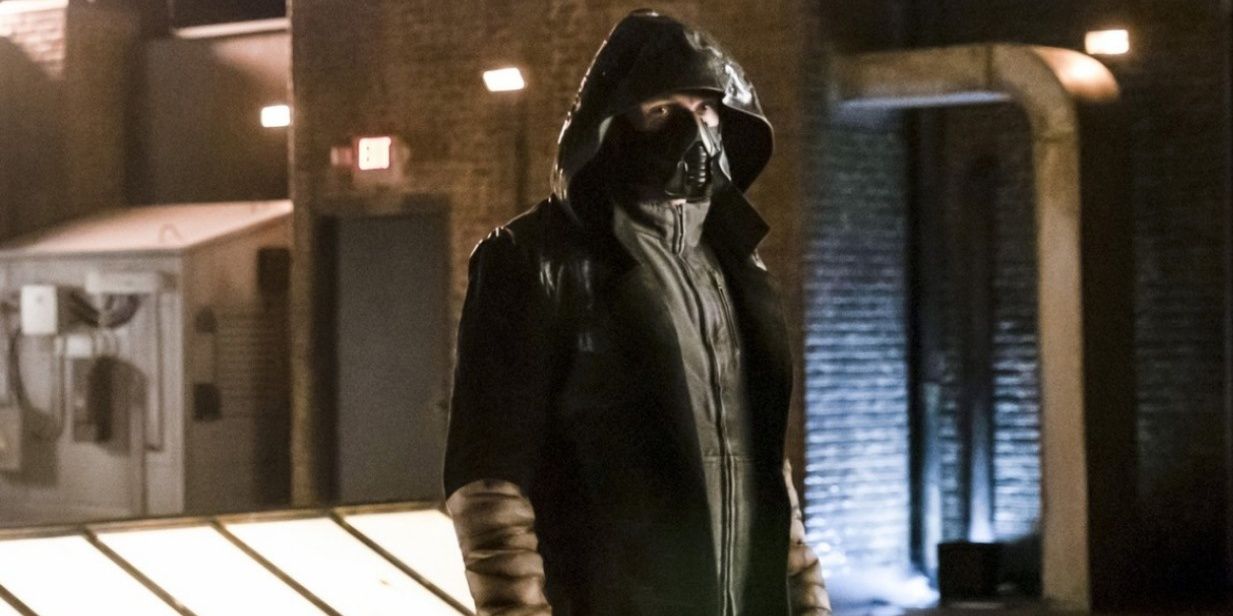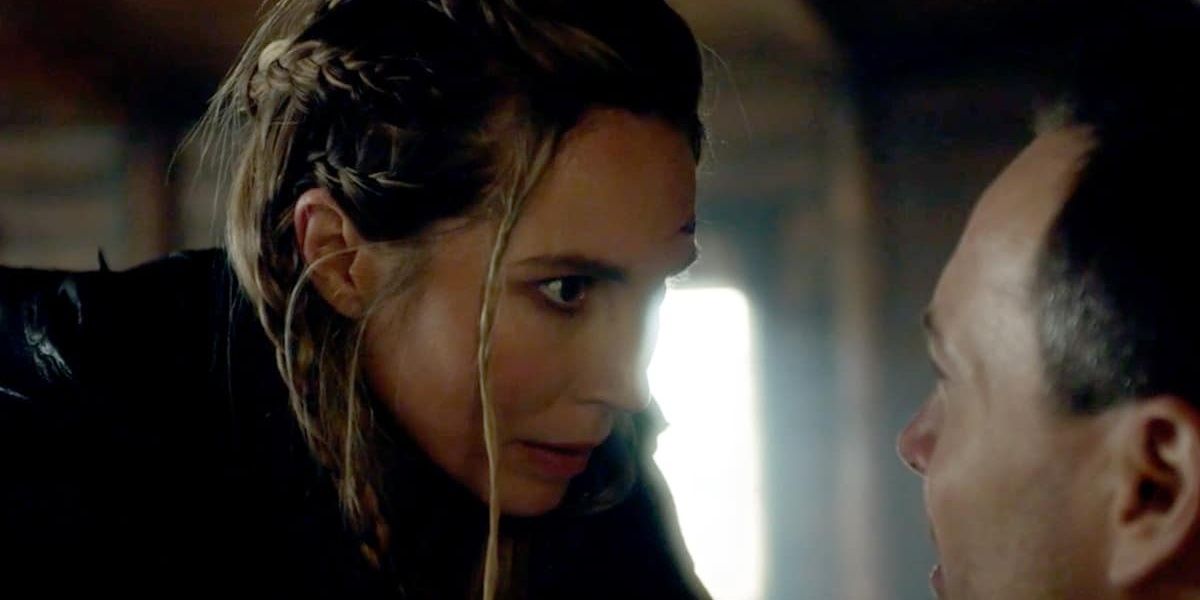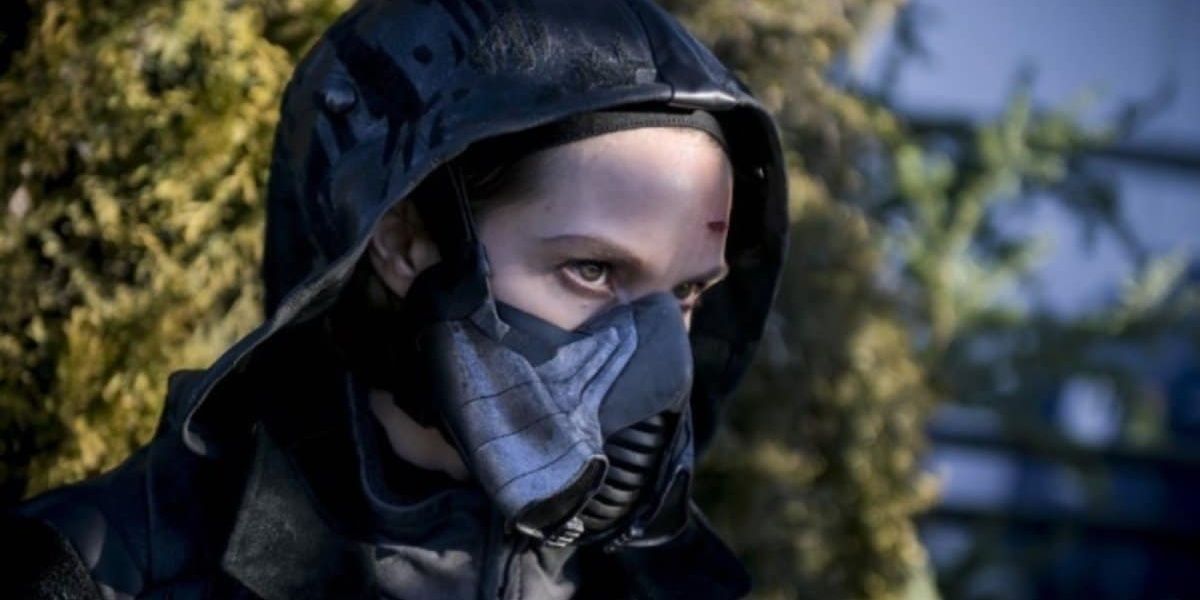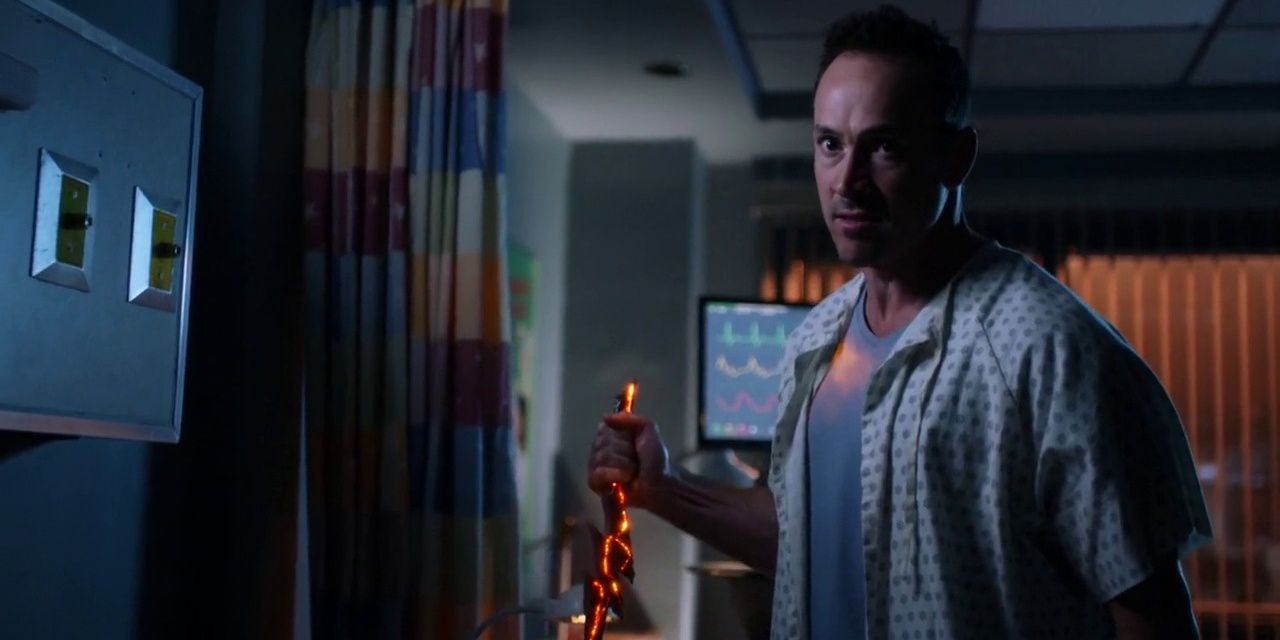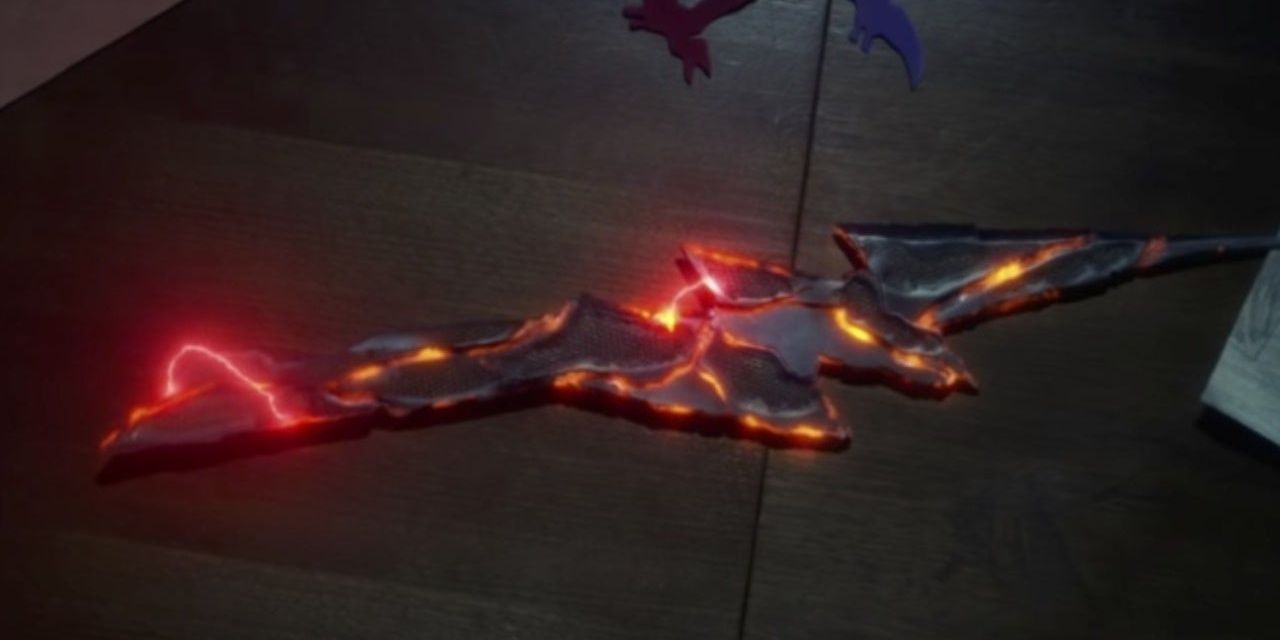The CW's Flash TV series has gone from strength to strength since its debut. Over the years it's managed to adapt a lot of the superhero's rogues gallery to the small screen. Some of these adaptations have been incredibly faithful, while others have only taken the vague idea of a character and morphed it into something that fit the show better.
The last season of the show has had another big bad that has been featured throughout, although unlike some previous years, the villain was not another speedster. The rogue that the CW decided to adapt was a lesser known Flash foe, known as Cicada. The character has been the main threat for the whole of season 5 of the show. But how different is he from the comics?
8 ORIGINS
The best place to start is the origins of the character. Most comic origins are far more outlandish than the TV show and Cicada is no different. On a more basic level though, the character's names are actually different. The comic version of Cicada is called David Hersch but in the show, he is known as Orlin Dwyer.
RELATED: The Flash Reveals Cicada's Origin Story
Orlin has a standard job in a factory, which gives him his iconic breathing from the pollution of his workplace. In the comics, however, David is a preacher and architect, which is a very different path. In the show, he gets hit with pieces of metal from the satellite explosion and in the comics, he was struck by lightning; a parallel to the scarlet speedster.
7 LOOK
The design of these two versions of Cicada is similar with a few key differences. Orlin is far younger the David, although still just as menacing. The two both share the same brown cloak, although Orlin's is used more for disguise, with a hood covering his face.
Unlike the comics version, the screen version of Cicada also has a mask, which helps him to breathe when he is fighting. It makes the character far more ominous and is an addition that works far better on TV than it would on the page of a comic; due to the horrible sound it makes.
6 AIMS
The aims of these two villains are also very different. In the comics, Cicada creates his own cult. They use their weapons in order to track down anyone that the Flash has ever saved and kill them. Their purpose is to tear down everything the speedster stands for.
In the show, Cicada mostly works alone, without any kind of cult. His mission is actually to kill every metahuman in the city and perhaps the country, in order to get revenge for the many tragic circumstances in his life; many of which have been a direct result of metas.
5 NIECE
Another difference between the show and books is his familial relations, specifically his niece. In the TV show, Cicada is driven to protect and get revenge for his niece, Grace Gibbons, who has been put in a coma from the satellite explosion.
It's an interesting dynamic and allows this foe to become humanized in some way. It also allows for the biggest change in the source material, which heavily relies upon this narrative feature, in order for the plot to move forward in the TV show and for the villain to remain a threat.
4 TWO VERSIONS
Orlin's obsession with feeding his niece this narrative about how dangerous metas are actually has some long term consequences. In the source material of DC Comics, there's only ever one version of the villain. It's the original Cicada the whole time.
In the CW's version though there are actually two. The original is Orlin and the newer one is his niece, Grace, from the future. She has gained powers after her accident and could hear his uncle talking to her whilst she was in a coma. She travels back in order to finish what he had started.
3 POWERS
The powers of both versions also differ slightly. In the comics, Cicada's goal isn't related to metas and so there's no need to have powers related to them. So what he can actually do is draw on other people's life force, slowly draining and killing them while making himself immortal.
In the Flash television program, Cicada can drain the powers from metahumans. They are powerless around him meaning he is more of a threat. His niece has a similar power, but can also lift people with some kind of energy ring and kill them slowly.
2 WEAPONS
Both versions of the character do actually have the same weapon, although their purpose is very different. In the comics, the jagged dagger that looks like a lightning bolt is reminiscent of how Cicada got his powers. He and his followers use these weapons to commit their murders.
In the show, the dagger is still present but is from the satellite that damaged this murderous family. It gives Dwyer his powers and he is able to control the dagger itself with his mind. It's also what takes away the powers of the metahumans and is used by Grace as well, for a similar purpose. Much like in the comics, it is ultimately the murderous weapon used to dispatch of Cicada's victims.
1 MORALITY
There's one key difference between these two versions of the same character though. That's Cicada's morality. In the comics, there really are no moral principles to the character. He is based on hatred and loathing and is in some ways just a stereotypical villain.
In the show, however, Cicada's motives are built on very real principles. When the time comes to protect his niece and make the right choice, or to give up his powers so he is no longer doing damage, he makes the morally right choices. This is crucial for the season finale, where a version of Dwyer has to talk down his niece so that ultimately order is restored. It's a crucial character moment and one that sets this version of Cicada apart from any other.


